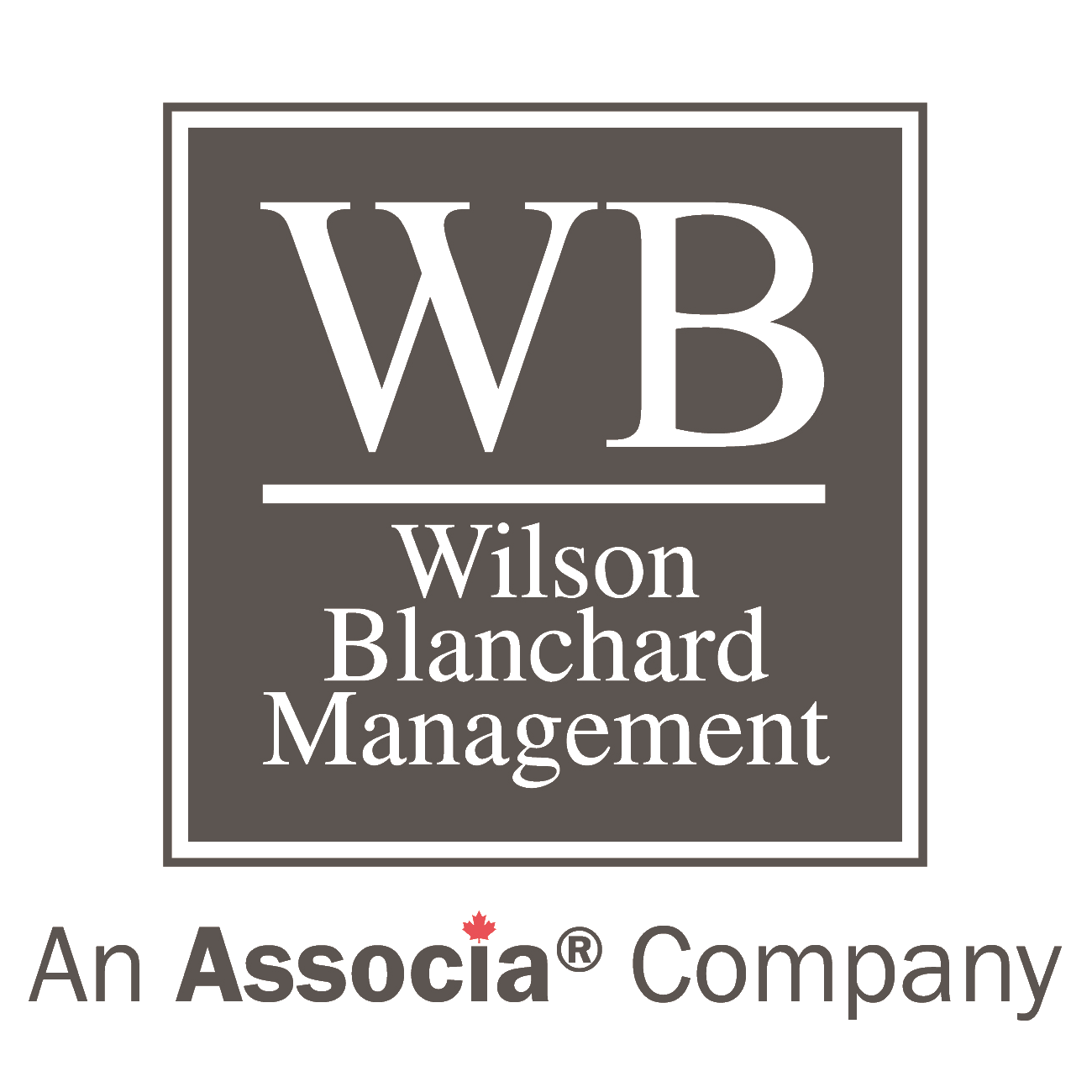Cover Your Assets During Winter
The following article was originally posted in the Winter 2015 edition of the WB Condo Connection and is worth another look based on the current “landscape” of snow removal industry. Please note this article has been re-posted with its original text – Brad Wells is now the President of Wilson Blanchard but was a Property Manager when this article was originally posted.
By: Brad Wells, RCM
Property Manager – Hamilton
In most aspects of the condominium industry, the significance of administrative requirements and legal consideration continue to rise for everyday tasks. This is certainly true when keeping our community roadways and walkways clear of snow and ice during the winter season. The burden of responsibility falls onto the Board, who are then assisted by the Property Manager and any staff or contractors hired to do the job.
Long gone are the days of knowing a guy with a snow blade on his pick-up truck that you pay to plow and salt.
The clearing of snow and ice is the action of winter snow removal in order to achieve safe access in and around the site. Increasingly, the goal is how to best protect the Corporation by limiting risk and liability exposure. The byproduct of limiting risk and liability is that you will have a safer site and the paperwork to prove it.
This short article is not to be considered legal advice. We always recommend that you review your Corporation’s specific requirements with your insurance broker, contractors and lawyer.
To get you started, here is list of things to consider for your winter snow clearing responsibilities:
- Find a Reliable and Professional Contractor. When getting bids for a snow removal contract, check references and a list of other properties in your area that they service.
- Get a copy of the contractor’s WSIB clearance and insurance certificate. Ensure that the Condominium Corporation and the property management company are named as additional insured on the contractor’s policy for the life of the contract. Ask for a copy of their Health and Safety Plan.
- Demand that the contractor keep a log of all site inspections and all work done on site. The log must include the date, time, temperature, weather conditions and work completed on each visit. Ask for copies of the logs for your records.
- Have a signed contract. This seems simple but is easily overlooked. Often a contractor has been working at a Corporation for a long time and may have had a “verbal” renewal – which may not help you if there is an incident.
- Have a detailed contract. Avoid the one-page contract. Ensure all duties and responsibilities are outlined including specifying all areas that must be cleared.
- Document all claims. In the unfortunate event of a slip and fall or other loss on your property, immediately start a new file. You will need to complete the following:
- Investigate the claim. View the site immediately and take photos. Talk to all parties involved and take detailed notes of their responses. Prepare an incident report.
- Contact your insurance company by reporting the loss to your broker. They will provide you with advice on what to do next.
Have your documents ready. All of the items noted above will be requested including logs and contracts and these may be needed for court proceedings.
You may work with a great contractor and don’t think all of these steps are necessary. Unfortunately, when faced with legal action, it doesn’t matter how nice a person is. It only matters what the paperwork says.
